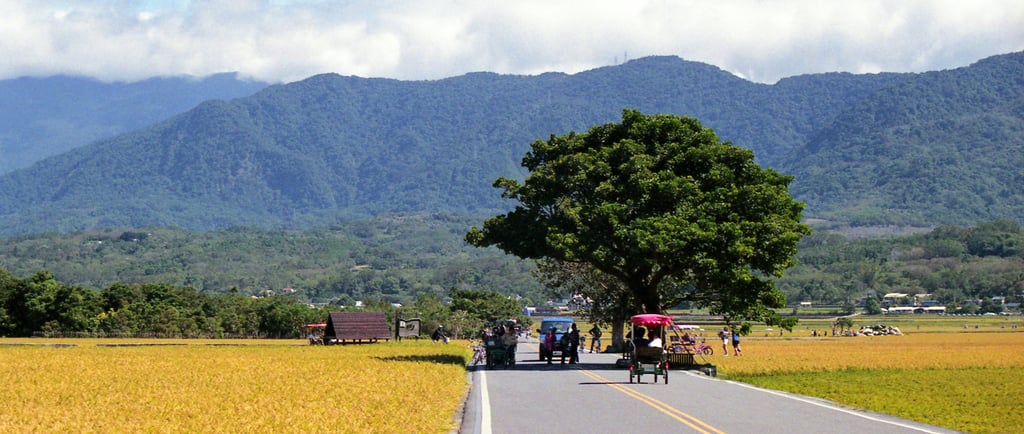Mountains
The Island That Climbs — Built by Plates, Grown by Earthquakes


Many people think Taiwan is all about beaches, night markets, and scooters — and that’s true. But the real heart of Taiwan isn’t on the coast. It’s in the mountains. About 2/3 of the island is covered by mountains. They rise quickly from the sea and stretch from the north to the south like a backbone. This happened because Taiwan sits between two big tectonic plates — the Eurasian Plate and the Philippine Sea Plate. These plates push against each other, and that’s what created Taiwan’s mountains. The land is still moving today. Earthquakes happen often, and the mountains keep slowly growing.
The highest peak is Yushan, also called Jade Mountain. It’s 3,952 meters tall — the highest mountain in Taiwan, and one of the tallest on any island in the world. It’s about 1,000 meters taller than Triglav (2,864 m), and only 856 meters lower than Mont Blanc (4,808 m), the highest mountain in the Alps. Not bad for an island that’s half the size of Croatia.
But Taiwan’s mountains are not just tall. They are full of life and culture. For hundreds of years, they’ve been home to Indigenous people and important to Taiwan’s history. The mountains are where Taiwan’s famous high-mountain tea grows. In the past, they were also a main source of camphor, a product used in medicine and trade.
The mountains have many different climates — from hot forests at the bottom to cold, windy areas at the top. You can find monkeys, rare plants, and small temples hidden in the hills. One of the most exciting and unique things you can do is take a scooter or motorbike ride into the mountains. The roads are narrow, curvy, and full of amazing views — one minute you’re in a bamboo forest, the next you’re above the clouds.
People hike here, pray here, and grow tea here. While many people imagine Taiwan as a flat, tropical island, it’s really a place built by pressure and shaped by movement. The land is always changing — always climbing higher.
